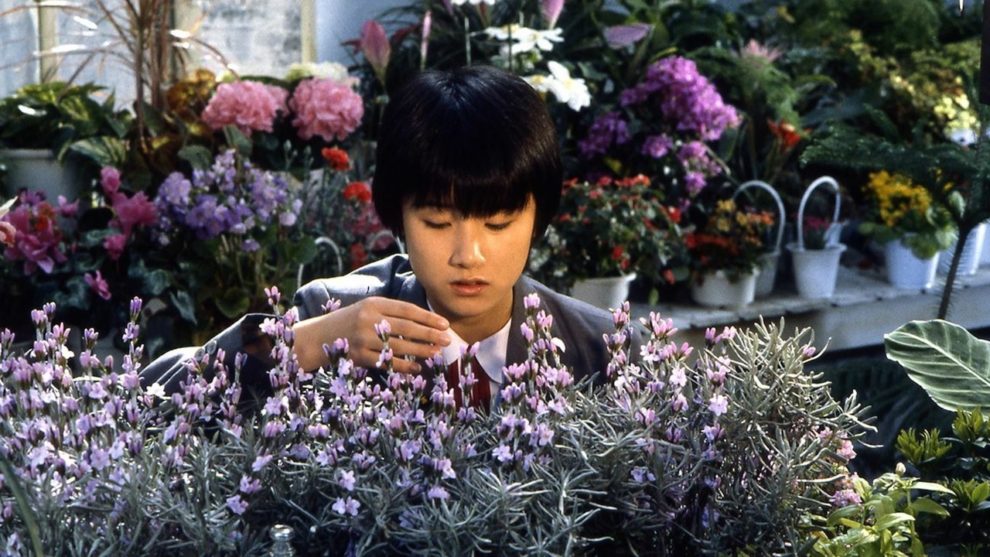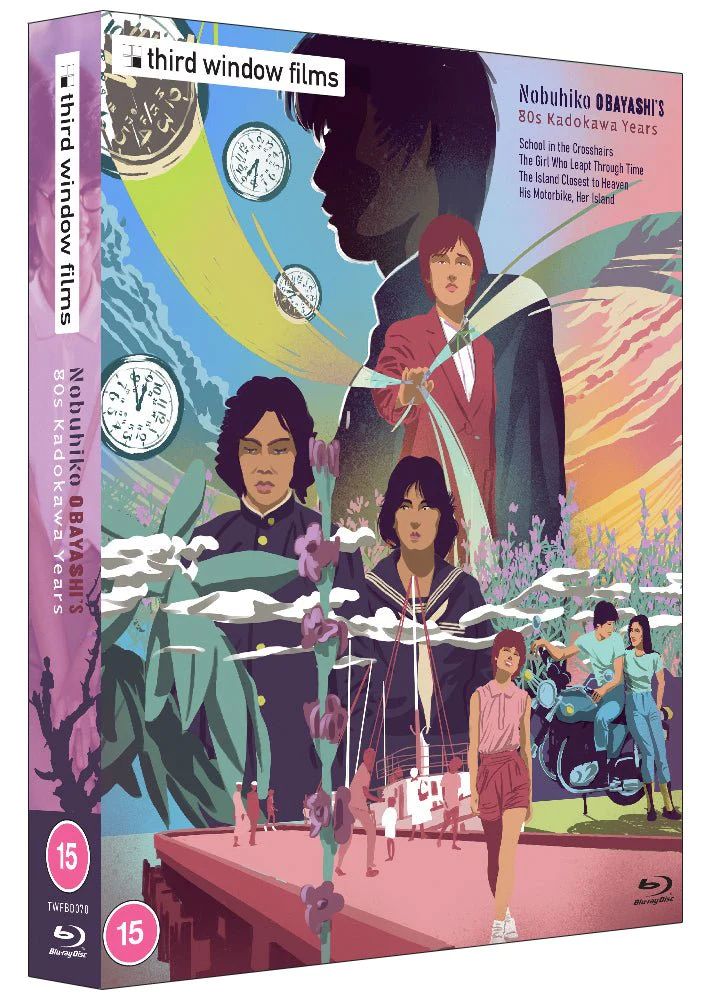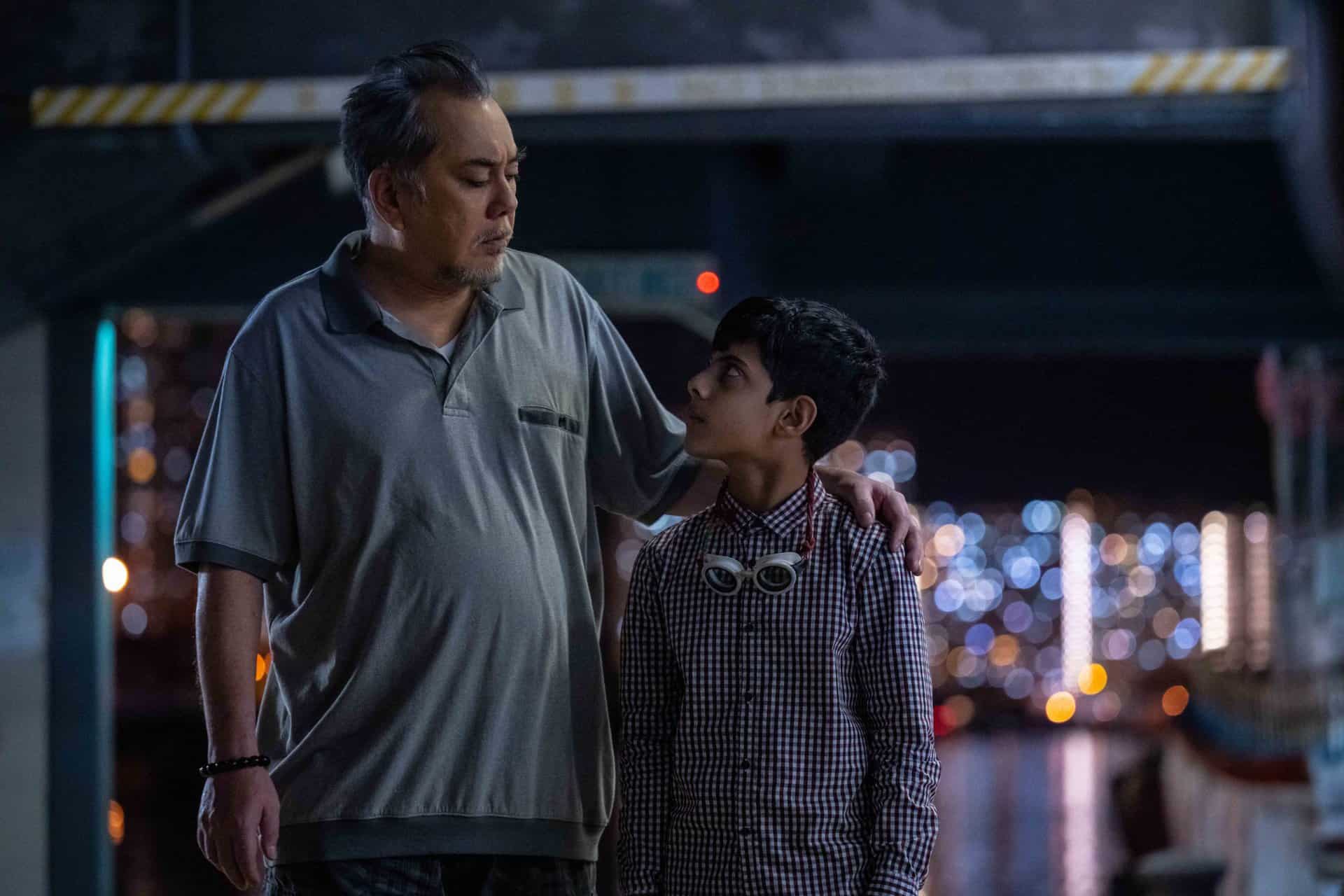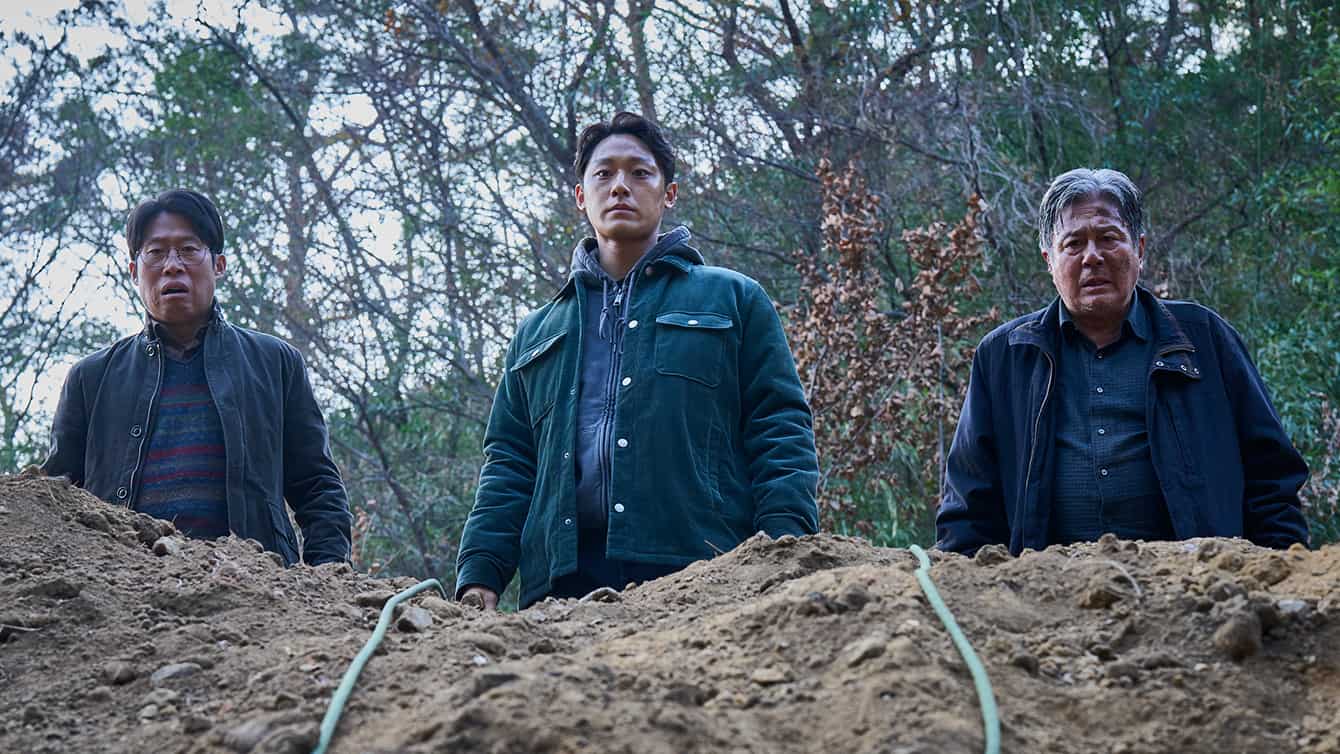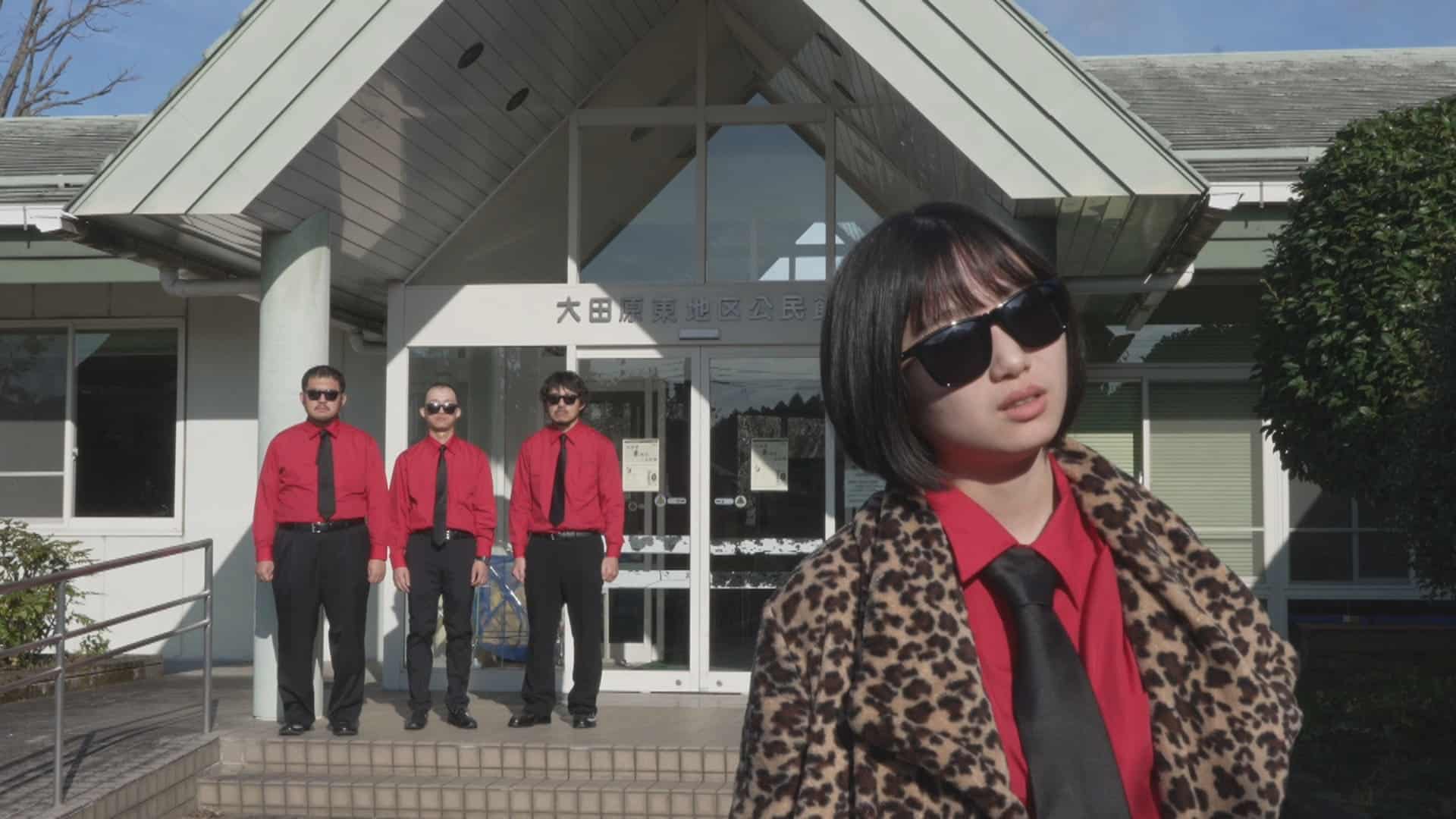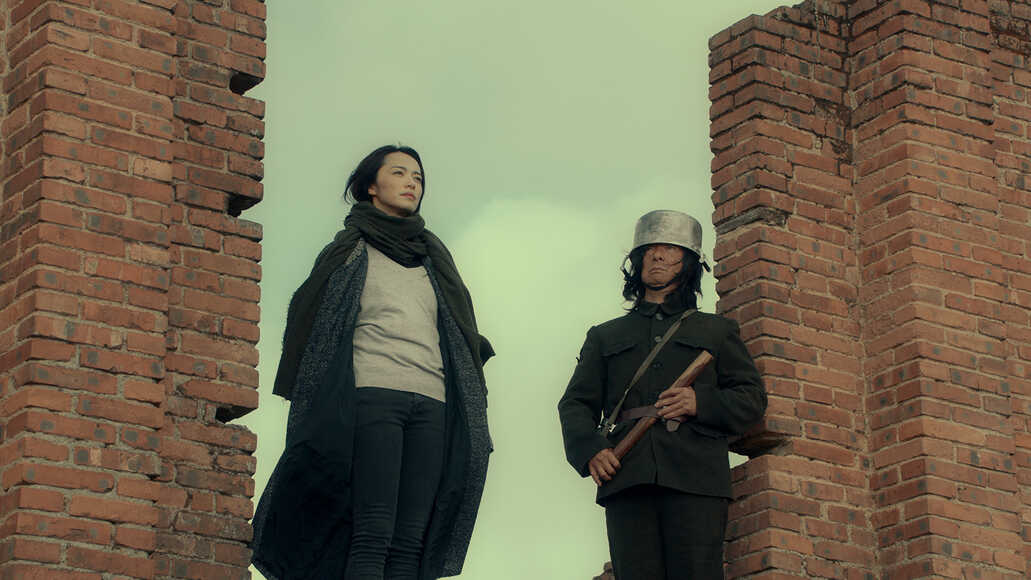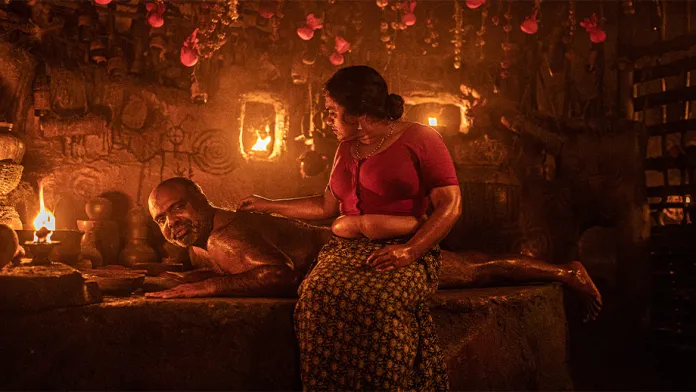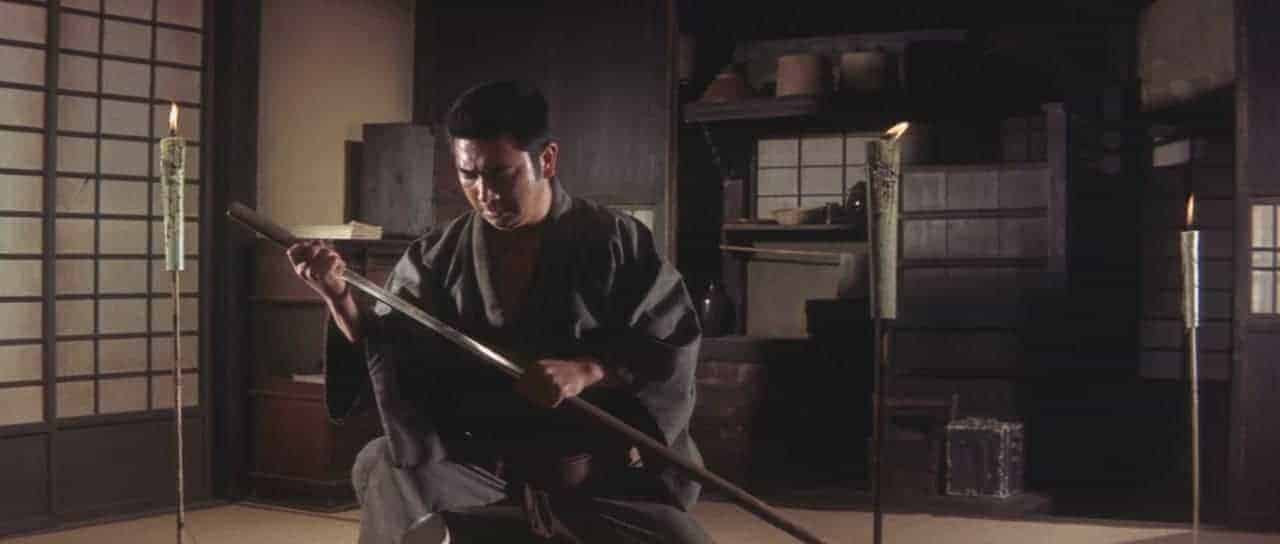In the career of Nobuhiko Obayashi, his works from the 1980s are certainly some of the most interesting features the director made. Although some of these movies have become somewhat obscure and hard to find for film fans wanting to discover more from Obayashi besides arguably his most popular work today, his 1977 feature “House”. One of the director's favorite works was “The Girl Who Leapt Through Time”, an adaptation of the novel of the same title by Yasutaka Tsutsui, which also served as the foundation to the 2006 anime directed by Mamoru Hosoda. In his approach to the source material, Obayashi and screenwriter Wataru Kenmotsu highlight the idea of the story being about growth as well as the various irritations when becoming an adult.
Buy This Title
on Terracotta
Kazuko Yoshiyama (Tomoyo Harada) is a high-school student living in the city of Onomichi. One day, as she is tasked with cleaning the chemistry lab, she faints after one of the beakers containing a strange liquid falls to the ground and breaks. When her classmates, Kazuo (Ryoichi Takanayagi) and Goro (Toshinori Omi), find her, they accompany her home, where she recuperates from the experiences of the day. However, she notices some strange occurrences in her surroundings, with some events seemingly repeating themselves or her having some notion of what could happen next.
Upon waking up the next day, she realizes something stranger as she finds out she is re-living the same day again. Although the knowledge of what will happen next makes her prevent certain accidents and misfortunes from happening, like an accident which could have caused her friend serious injury, she is also confused about what is happening to her. Matters become even more complicated as she understands one of her friends may just be a time traveler, able to mend time according to his needs.
In comparison to the anime and live-action adaptation, Obayashi's approach sees the passing of time as a metaphor for what little agency the protagonist has over what happens to her in that decisive period of her life. Ironically, most of these concepts make “The Girl Who Leapt Through Time” come close to many sequences in “House”, which essentially is also a tale about becoming adults and growing as a person, physically as well as emotionally. Apart from the notions he takes from the source material, Obayashi infuses the narrative with his own unique use of the language of cinema, for example, the diffusion of reality and dream or the idea of romance, fully committing to the world of his young protagonist.
Additionally, the main character, despite her intelligence, seems less egoistic and more romantic when compared to other versions of Kazuko in other adaptations. Tomoyo Harada blends the naive nature of the character she plays with the longing to grow up, to understand something more about the world and thus find love, the kind of love promised by her dreams and other stories. Aside from certain references to pop culture, such as the poster of “The Wizard of Oz”, these emotions and needs seem untouched by her surroundings and ultimately appear pure and innocent, which is something Obayashi further emphasizes with the use of color and light throughout the feature. In the end, “The Girl Who Leapt Through Time” becomes more of a fairy tale, echoing the protagonist's romantic desire voiced in the beginning when she talks about her “prince charming” taking her to the stars. Interestingly, Obayashi, as with all of his features, does not condemn these concepts but actually shows them as a necessary stage when being young.
In the end, “The Girl Who Leapt Through Time” is a great adaption of the source material, highlighting its notions of innocence, purity and growth. Nobuhiko Obayashi uses the language of cinema to talk about some of the themes which have accompanied him throughout his career, resulting in a very sweet tale about a young person's towards fairy tales and what they promise.


